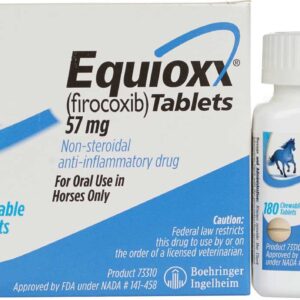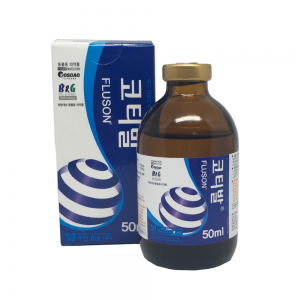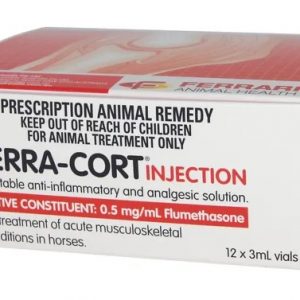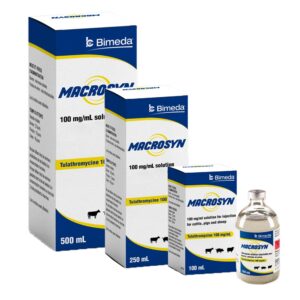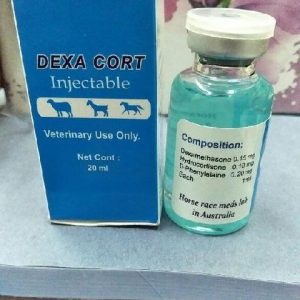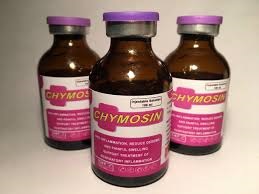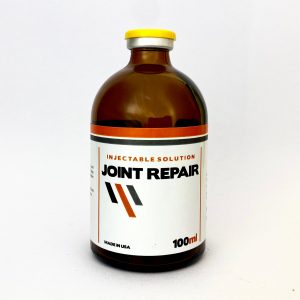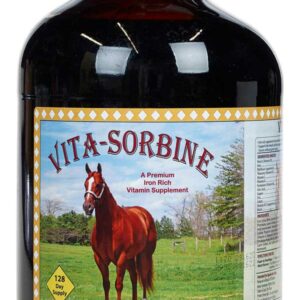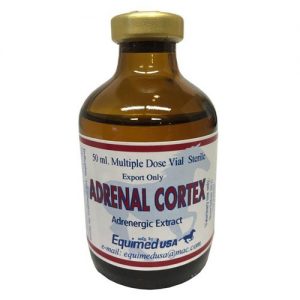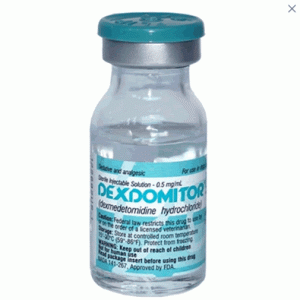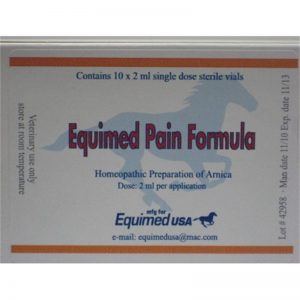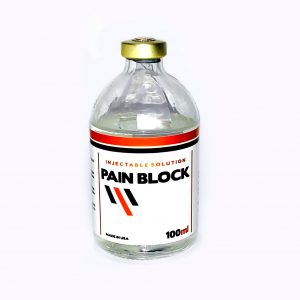Analgesics
Analgesics Used in Animals includes Opioids | Nonsteroidal Anti-inflammatory Drugs and Corticosteroids
| Alpha2-Agonists | Ketamine | Other Analgesic Agents
Opioids as Analgesics in Animals
Opioids continue to be the cornerstone of effective pain management in veterinary medicine. Opioids are a diverse group of naturally occurring and synthetic drugs used primarily for their analgesic activity. Despite some well-known adverse effects and disadvantages, opioids are the most effective analgesics available for the systemic treatment of acute pain in many species.
Opioid receptors are part of a large superfamily of membrane-bound receptors that are coupled to G proteins. Each opioid receptor has a unique distribution in the brain, spinal cord, and periphery. Opioids combine reversibly with these receptors and alter the transmission and perception of pain. In addition to analgesia, opioids can induce other CNS effects that include sedation, euphoria, dysphoria, and excitement.
The clinical effects of opioids vary between the mu opioid receptor agonists (eg, morphine, hydromorphone, fentanyl), partial mu agonists (ie, buprenorphine), and agonist-antagonists (eg, butorphanol). Species and individual differences in the response to opioids are marked, necessitating the careful selection of opioid and adjustment of dose for different species. The clinical effect of an opioid depends on additional patient factors, including the presence or absence of pain, health status of the animal, concurrent drugs administered (eg, tranquilizers), and individual sensitivity to opioids.
Recent information regarding the peripheral endogenous opioid system (PEOS) has presented a unique opportunity to use the powerful analgesic effect of opiates while minimizing unwanted systemic effects. The PEOS includes peripheral opioid receptors (PORs) and peripheral leukocyte-derived opioids (PLDOs): endomorphins, endorphins, enkephalins, and dynorphins. To activate the PEOS, tissue must have sufficient numbers of leukocytes able to secrete PLDO as well as functional POR in sufficient numbers.
Inflammation due to tissue damage results in accumulation of PLDO-secreting leukocytes at the site of injury. Inflammation also increases the number and efficiency of PORs. These receptors, inactive under normal conditions and expressed on primary sensory neurons, are synthesized in the dorsal root ganglion and transported distally to peripheral sensory nerve endings due to tissue injury and inflammation. Experimental trials and clinical studies show that peripheral opiates are effective, particularly in the presence of inflammation. For example, preservative-free morphine can be instilled into canine and equine joints after arthroscopy or arthrotomy to provide analgesia via local receptors.
Nonsteroidal Anti-inflammatory Drugs and Corticosteroids as Analgesics in Animals
Showing all 5 results
-
Adrenal Cortex 50ml
$50.00 -
Dexdomitor 10ml
$221.00 -
Dormosedan 20ml
$400.00 -
Pain Block 100ml
$29.00

